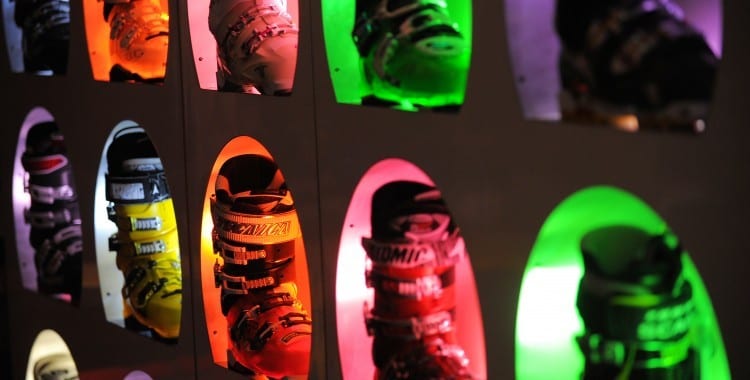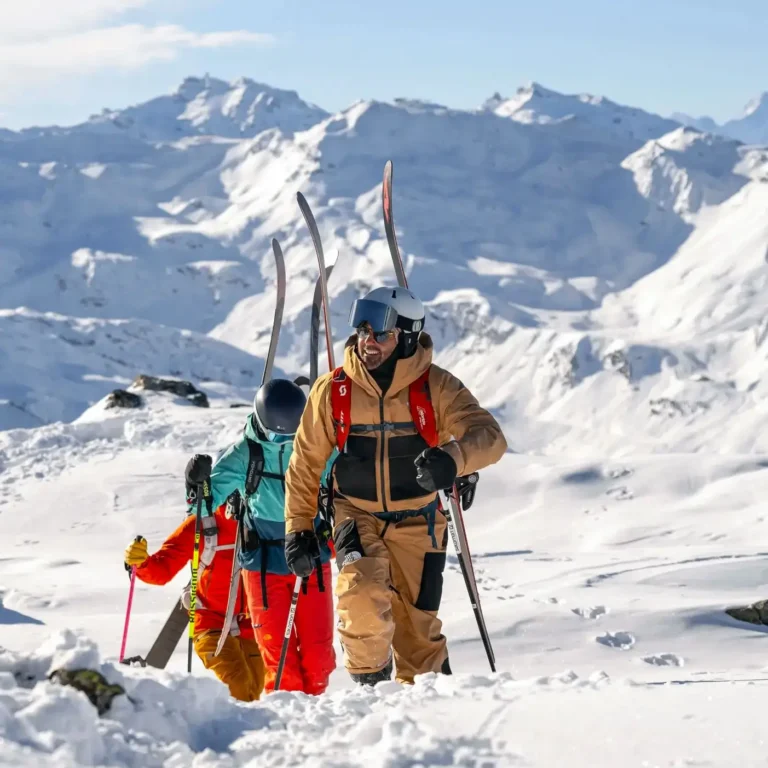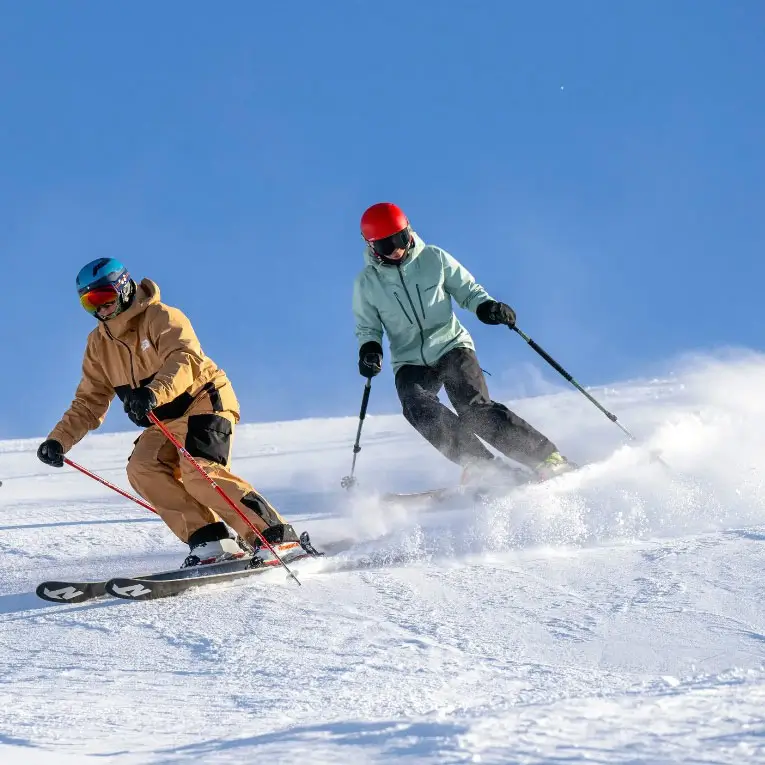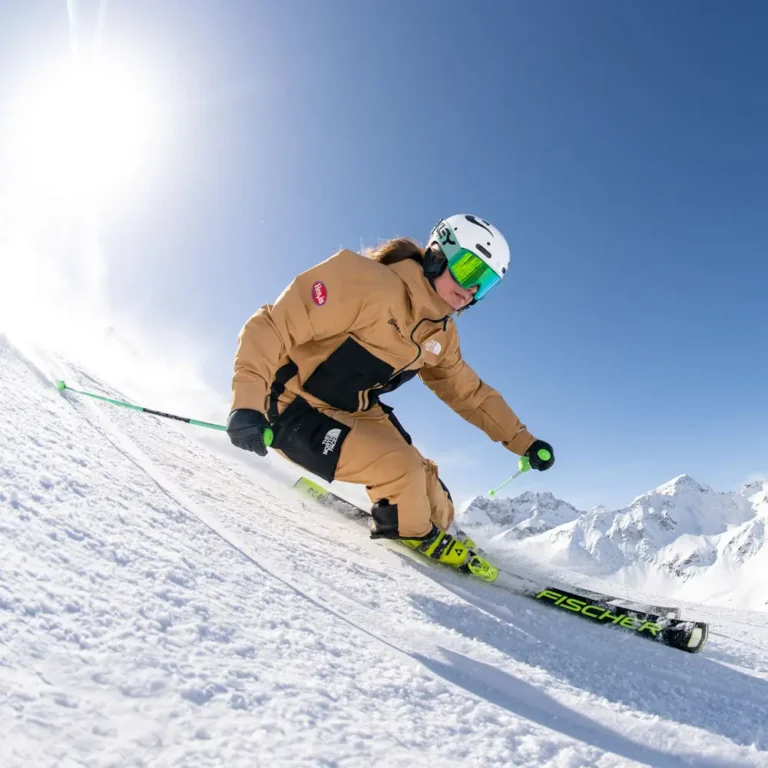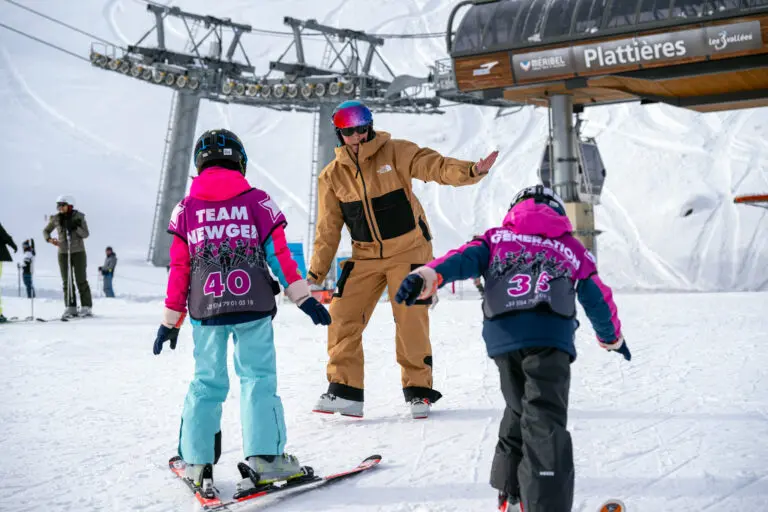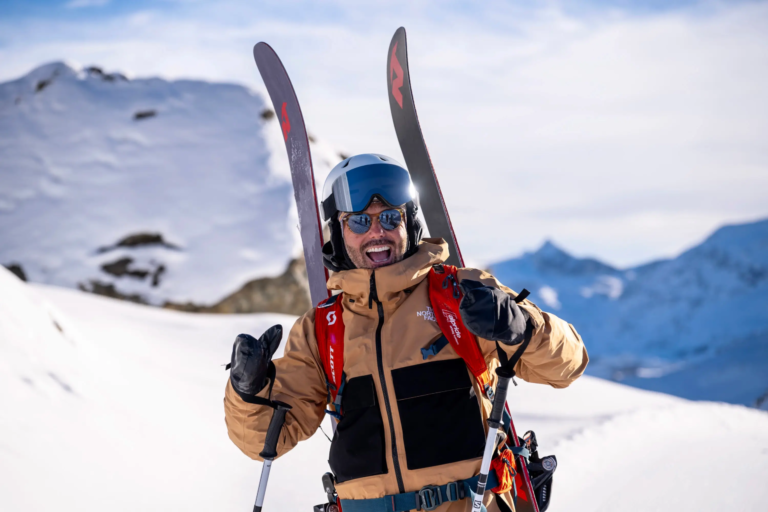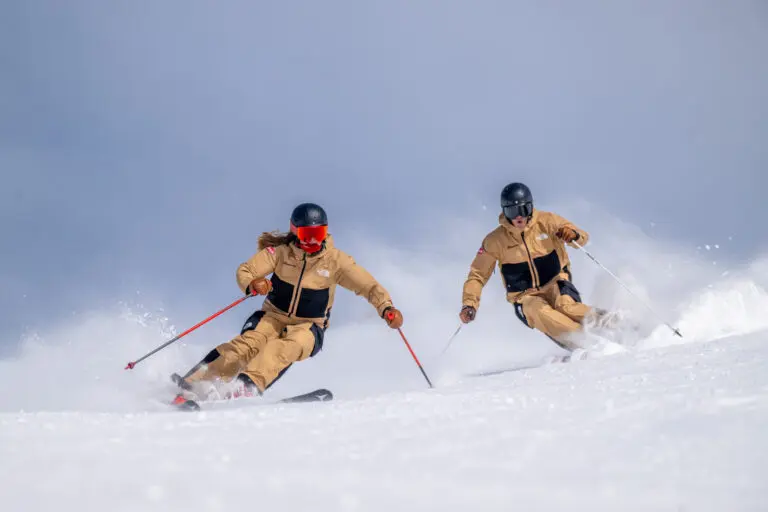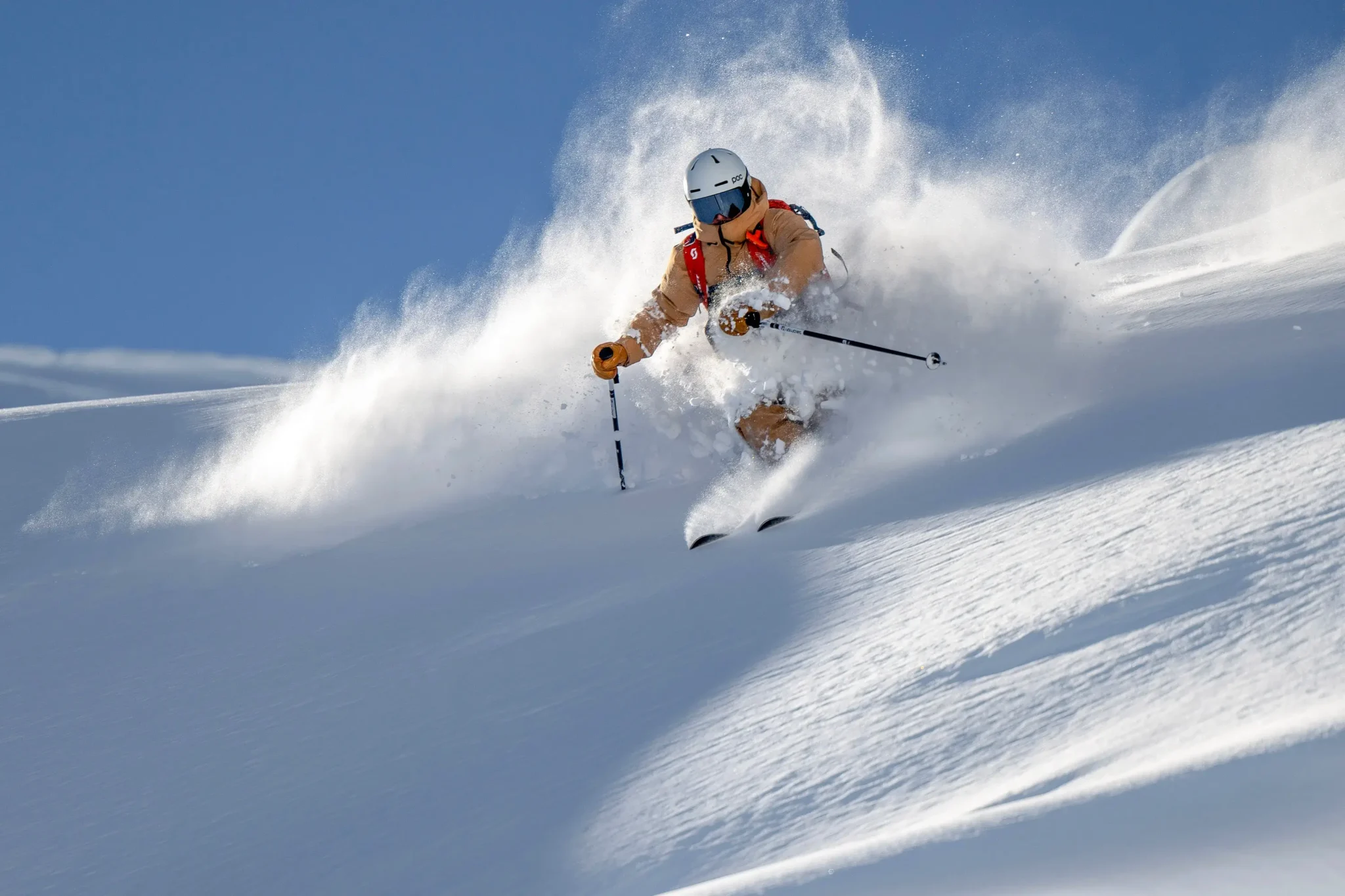When signing up for a Ski Instructor Course you may not be aware that you are committing to spending at least 462 hours in your ski boots. That is a considerable amount of time and you want your ski boots to be comfortable. Your boot is also what translates the movements you make with your leg into changes in your ski, if it is not fitted correctly you could make life much harder for yourself. Here’s our guide to choosing ski boots for your ski instructor course.
Choosing Ski Boots for your Ski Instructor Course
The biggest mistake
The most common mistake we see students make is buying a ski boot that is too big. This often happens when boots are ordered online as people order the same size as their shoes, but we have also seen this happen to people who have tried boots on in a store. Your ski boot should be tight, especially when standing in a boot shop. If you can’t feel your toes on the front when stood upright out of skis they are almost certainly too big.
So how do you avoid this?
We always recommend having your boots fitted by a Pro. A bit like magic wands in Harry Potter, the boot chooses the skier and not the other way around. A professional boot fitter will be able to assess the size and importantly shape of your foot combine this with your ski ability to narrow your selection down to a handful of boots.
From here they will do a shell fit, this involves removing the liner and asking you to insert your foot. If a fitter asks you to put your foot straight into a boot, liner and all, leave. At this point, it gets a little personal so make sure you shower first. The fitter will use a combination of their hand and sight to check the space between your foot and the shell. They are looking for areas where there is too much or too little space which is likely to cause hot spots.
Finding the right fit
Contrary to popular believe too little space is a better problem to have. Boots can be expanded either by grinding or using a heat gun, it is very hard to make a boot smaller. The movement caused by a boot that is too big can cause agonising pain.
Once the fitter has found a boot they believe is the best fit for you they will ask you to try it on properly. The liner will go back in and they will help you get it on.
How do you know it fits well?
Chances are if they have done this process properly the boot will feel very snug around the entire foot. You will and should be able to feel your toes on the front of the boot when stood up straight. When you position yourself in a similar position to one that you would adopt while skiing, knees bent, weight spread evenly across your whole foot, flexed at the ankles you should feel your toes just lose contact with the front of the boot. You should be able to do a little wiggle and just feel your big toe ever so gently kiss the front of the boot.
From here you need to identify areas of uneven pressure. As we have said it should be tight but uniformly so. If one area is tighter or looser than others tell the fitter.
Footbeds
Your boot will come with a stock insole that is designed to be as inoffensive as possible to everyone, and as such provides virtually no support to everyone. A custom insole, also known as a footbed, helps further even out the pressure under your foot properly supporting it they can also help with minor body alignment issues. We suggest all trainees have a custom footbed made. This will add £100 to the price of the boot but it will be worth every penny.
Custom Liners
You can also replace the entire liner of your boot. It is important to point out that if a boot has been correctly fitted this is not necessary but if you are looking for marginal gains and ultimate performance it can help. There are three main types of Custom Liner; Intuition Foam, ZipFit Cork and Foam injection. They all aim to do the same thing which is to uniformly fill the gaps between your foot and the shell. Creating a perfect fit and theoretically entirely even pressure across the whole foot.
They can also be used to minimise the negative effects of a poorly fitted boot but you are best to start from scratch in this instance. Custom liners can cost between £200 & £300. We don’t normally advise students to buy these immediately and instead suggest they ski with a properly fitted boot and footbed for a while. If problems persist we may explore this option.
I personally have had some boots where a custom liner was required and others where the stock liner has been brilliant.
So where should you get your boots done?
If you are doing a season we would suggest getting your boots fitted in the resort. We work with the Bootlab in the 3 Valleys and Surefoot in Verbier. Both have great reputations and offer comfort guarantees meaning if you have any issues you can pop in and get them solved. Both shops will probably cost a little more than the UK and you will not be able to bargain hunt through online sales but trust us when we say you don’t want to get this wrong.
If you are desperate to get your boots fitted in the UK then our Sponsor Ellis Brigham offer a great service with the latest kit.
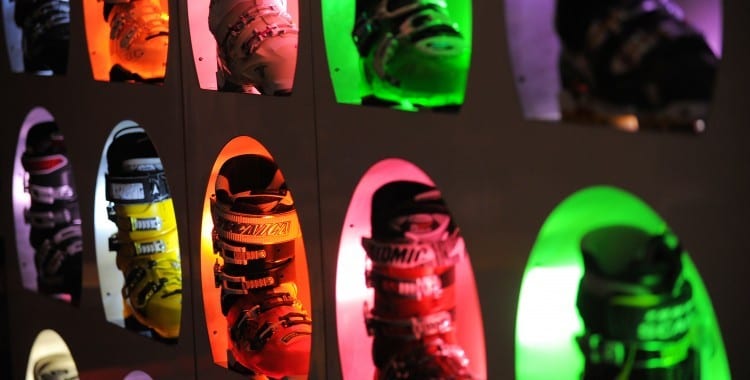
What other kit do we need?
Now you’ve got a better understanding of choosing ski boots, it’s time to start thinking about skis. Here are our suggestions on the best skis for BASI Level 1 & 2 courses.
If you need help with packing too, here’s our complete guide to packing for a ski instructor course.
